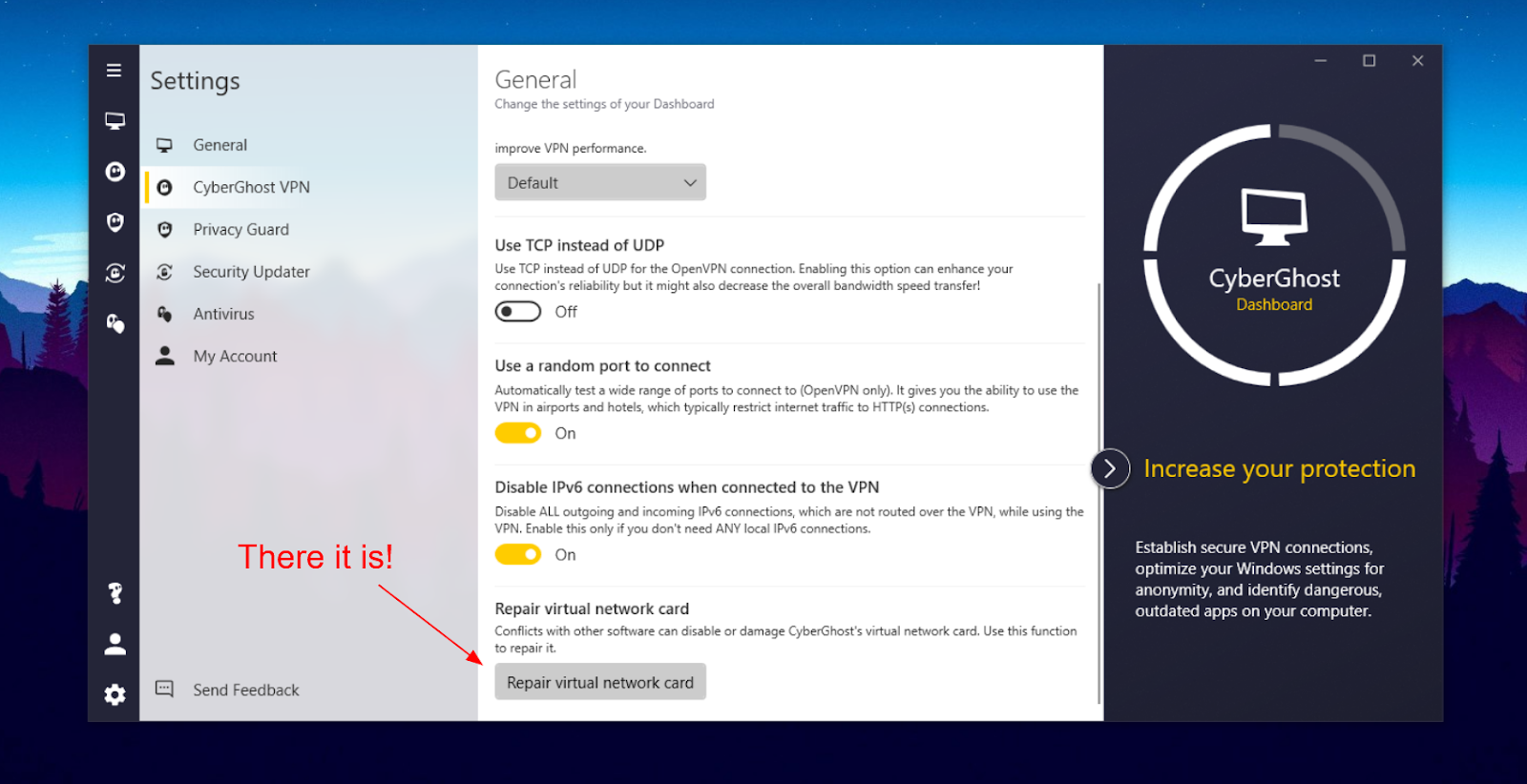Featured
Table of Contents
How To Troubleshoot Common Issues With Avast Secureline ...

The Routing and Remote Access snap-in lives within the Microsoft Management Console, referred to as the MMC. There are numerous methods to access the MMC. You can pick the console from the Start menu's Programs options, within the Administrative Tools folder within Windows server's Control board or by typing mmc at a command prompt.
As Tech, Republic's Brandon Vigliarolo demonstrates within his video at the start of this article, the Services console shows the status of the Routing and Remote Gain access to entry. From within the Solutions console and with the Routing and Remote Access entry highlighted, you can click Start the Service or right-click the entry and select Restart.
In some cases the VPN customer and VPN server are set to using various authentication techniques. Confirm whether an authentication mistake is the issue by opening the server console. Yet another method of accessing the MMC is to type Control+R to open a command timely in which you can type mmc and hit Get in or click OK.
If the entry isn't present, click File, choose Add/Remove Snap-in, choose the Routing and Remote Gain access to alternative from the options and click Add, then OK. With the Routing and Remote Access snap-in added, right-click on the VPN server and click Properties. Then, evaluate the Security tab to validate the authentication method.
Help With Twitter.com
Make sure the VPN client is set to the authentication method defined within the Security tab. Normally the items just examined are accountable for most VPN connection refusal mistakes. Other basics must be correct, too. If the Windows Server hosting the VPN hasn't signed up with the Windows domain, the server will be unable to authenticate logins.
Each Web-based VPN connection generally uses 2 various IP addresses for the VPN customer computer. This is the IP address that's utilized to develop the initial TCP/IP connection to the VPN server over the Internet.

This IP address usually has the very same subnet as the regional network and therefore enables the client to communicate with the regional network. When you established the VPN server, you need to set up a DHCP server to assign addresses to customers, or you can create a bank of IP addresses to assign to clients directly from the VPN server.


If this alternative is picked and the reliable remote gain access to policy is set to enable remote gain access to, the user will be able to connect to the VPN. Although I have been not able to re-create the situation personally, I have actually heard reports that a bug exists in older Windows servers that can trigger the connection to be accepted even if the reliable remote gain access to policy is set to reject a user's connection.
Troubleshooting Vpn Client Disconnection
Another common VPN problem is that a connection is effectively developed but the remote user is unable to access the network beyond the VPN server. By far, the most typical reason for this problem is that approval hasn't been granted for the user to access the whole network. To enable a user to access the whole network, go to the Routing and Remote Gain access to console and right-click on the VPN server that's having the problem.
At the top of the IP tab is an Enable IP Routing check box. If this check box is enabled, VPN users will have the ability to access the remainder of the network, assuming network firewalls and security-as-a-service settings permit. If the checkbox is not chosen, these users will have the ability to access just the VPN server, however nothing beyond.
If a user is dialing directly into the VPN server, it's normally best to set up a fixed route in between the customer and the server. You can configure a fixed path by going to the Dial In tab of the user's properties sheet in Active Directory Users and Computers and selecting the Apply A Fixed Route check box.
Click the Add Path button and after that go into the location IP address and network mask in the area provided. The metric need to be left at 1. If you're using a DHCP server to appoint IP addresses to clients, there are a number of other problems that might trigger users not to be able to exceed the VPN server.
Troubleshooting Aws Client Vpn
If the DHCP server designates the user an IP address that is already in usage elsewhere on the network, Windows will find the conflict and prevent the user from accessing the remainder of the network. Another typical issue is the user not receiving an address at all. Many of the time, if the DHCP server can't assign the user an IP address, the connection won't make it this far.
If the customer is appointed an address in a variety that's not present within the system's routing tables, the user will be not able to navigate the network beyond the VPN server. Guarantee the resources the user is trying to gain access to are really on the network to which the user is connecting.
A VPN connection to the other subnet might, in reality, be needed. A firewall program or security as a service solution might likewise be to blame, so don't forget to review those solutions' settings, if such elements exist between the VPN server and the resources the user seeks to reach.
The very first possibility is that one or more of the routers involved is performing IP packet filtering. IP packet filtering might avoid IP tunnel traffic. I recommend checking the customer, the server and any devices in between for IP package filters. You can do this by clicking the Advanced button on each machine's TCP/IP Properties sheet, selecting the Options tab from the Advanced TCP/IP Settings Residence sheet, selecting TCP/IP Filtering and clicking the Properties button.
Latest Posts
Best Vpn For Business
9 Best Corporate & Small Business Vpn Solutions
Vpn By Google One - Extra Online Security For Your Phone